El Uso de Juegos en Realidad Virtual con Fines Educativos: Una Revisión Sistemática de la Literatura
Resumen
El uso de juegos en realidad virtual con fines educativos ha aumentado en las dos primeras décadas del siglo XXI, sin embargo, la evidencia empírica disponible permanece dispersa. El objetivo de la Revisión Sistemática de la Literatura (RSL) fue sintetizar los hallazgos empíricos reportados en la literatura, al describir su distribución geográfica y temporal, niveles y áreas de aplicación, marcos teóricos, beneficios y desafíos. La metodología empleada para realizar la RSL fue bajo el modelo PRISMA y se emplearon las bases de datos de Scopus y Web of Science. Esto permitió identificar 71 estudios publicados entre 2012 y 2024, que fueron seleccionados mediante criterios de inclusión y exclusión definidos y analizados a través de técnicas cuantitativas y cualitativas. Los resultados mostraron que la mayor parte de las investigaciones se concentró en Europa y Asia, con predominio en educación superior y en áreas de Ciencias y Ciencias de la Salud. Se identificaron abordajes teóricos vinculados al aprendizaje experiencial, al constructivismo y al juego. Como resultado de la RSL se encontró que el uso de juegos educativos en VR contribuye en la comprensión de conceptos complejos, la motivación y el compromiso, la práctica segura de habilidades y el desarrollo de competencias socioemocionales. Entre los principales desafíos que representa el uso de este tipo de tecnología son: la calidad del diseño de juegos en cuanto imagen y sonido, problemas fisiológicos que pueden presentar los usuarios como mareo y dolor de cabeza, falta de correspondencia entre el contenido curricular de los sistemas educativos nacionales y los contenidos abordados en el juego, escasez de metodologías apropiadas para evaluar su implementación y resultados, y costo elevado de los equipos.
Descargas
Citas
Adako, O. P., & Ekundayo, T. F. (2025). Bridging the digital divide in education: Strategies for equitable access to technology in low-income communities. Environment and Social Psychology, 10(7), 3671. https://doi.org/10.59429/esp.v10i7.3671
Adefila, A., Graham, S., Clouder, D. L., Bluteau, P. & Ball, S. (2015). myShoes—The future of experiential dementia training? Journal of Mental Health Training, Education and Practice, 11(2), 91–101. https://doi.org/10.1108/JMHTEP-10-2015-0048
Agbo, F. J., Olaleye, S. A., Bower, M. & Oyelere, S. S. (2023a). Examining the relationships between students’ perceptions of technology, pedagogy, and cognition: The case of immersive virtual reality mini games to foster computational thinking in higher education. Smart Learning Environments, 10(16). https://doi.org/10.1186/s40561-023-00233-1
Agbo, F. J., Oyelere, S. S., Suhonen, J., & Tukiainen, M. (2023b). Design, development, and evaluation of a virtual reality game-based application to support computational thinking. Educational Technology Research and Development, 71(2), 505–537.
https://doi.org/10.1007/s11423-022-10161-5
Agustini, K., Putrama, I. M., Wahyuni, D. S. & Mertayasa, I. N. E. (2023). Applying gamification technique and virtual reality for prehistoric learning toward the metaverse. International Journal of Information and Education Technology, 13(2).
https://doi.org/10.18178/ijiet.2023.13.2.1802
Akman, E. & Çakır, R. (2019). Pupils’ opinions on an educational virtual reality game in terms of flow experience. International Journal of Emerging Technologies in Learning (iJET), 14(15), 121–137. https://doi.org/10.3991/ijet.v14i15.10576
Al-Azawei, A., Baiee, W. R., & Mohammed, M. A. (2019). Learners’ experience towards e-assessment tools: A comparative study on virtual reality and Moodle quiz. International Journal of Emerging Technologies in Learning (iJET), 14(5), 34–50.
https://doi.org/10.3991/ijet.v14i05.9998
Amprasi, E., Vernadakis, N., Zetou, E. & Antoniou, P. (2022). Effect of a full immersive virtual reality intervention on whole body reaction time in children. International Journal of Latest Research in Humanities and Social Science, 4(8), 15–20.
Araiza-Alba, P., Keane, T., Chen, W. S. & Kaufman, J. (2021). Immersive virtual reality as a tool to learn problem-solving skills. Computers & Education, 164.
https://doi.org/10.1016/j.compedu.2020.104121
Atta, G., Abdelsattar, A., Elfiky, D., Zahran, M., Farag, M. & Slim, S. O. (2022). Virtual reality in space technology education. Education Sciences, 12(12), 890.
https://doi.org/10.3390/educsci12120890
Barbara, J. (2022). Re-Live history: An immersive virtual reality learning experience of prehistoric intangible cultural heritage. Frontiers in Education, 7.
https://doi.org/10.3389/feduc.2022.1032108
Bibic, L., Druskis, J., Walpole, S., Angulo, J. & Stokes, L. (2019). Bug Off Pain: An educational virtual reality game on spider venoms and chronic pain for public engagement. Journal of Chemical Education, 96(7), 1486–1490. https://doi.org/10.1021/acs.jchemed.8b00905
Bishop, D. T., Daylamani-Zad, D., Dkaidek, T. S., Fukaya, K. & Broadbent, D. P. (2023). A brief gamified immersive intervention to improve 11–14-year-olds’ cycling-related looking behaviour and situation awareness: A school-based pilot study. Transportation Research Part F: Psychology and Behaviour, 97, 17–30. https://doi.org/10.1016/j.trf.2023.06.019
Budianto, L., Suparmi, S., Biyanto, B. & Azkiyah, S. N. (2023). Virtual reality games in EFL class: Examining learners’ vocabulary learning. The Journal of Asia TEFL, 20(4).
https://doi.org/10.18823/asiatefl.2023.20.4.14.942
Butt, A. L., Kardong-Edgren, S. & Ellertson, A. (2018). Using game-based virtual reality with haptics for skill acquisition. Clinical Simulation in Nursing, 16, 25–32.
https://doi.org/10.1016/j.ecns.2017.09.010
Campos, M. N., Navas-Parejo, M. y Moreno, A. J. (2020). Realidad virtual y motivación en el contexto educativo: Estudio bibliométrico de los últimos veinte años de Scopus. ALTERIDAD. Revista de Educación, 15(1), 47-60.
https://alteridad.ups.edu.ec/index.php/alteridad/article/view/1.2020.04
Cao, L., Peng, C., & Hansberger, J. T. (2019). Usability and engagement study for a serious virtual reality game of lunar exploration missions. Informatics, 6(4), 44.
https://doi.org/10.3390/informatics6040044
Capecchi, I., Borghini, T., Barbierato, E., Guazzini, A., Serritella, E., Raimondi, T., Saragosa, C. & Bernetti, I. (2022). The combination of serious gaming and immersive virtual reality through the constructivist approach: An application to teaching architecture. Education Sciences, 12(8), 536. https://doi.org/10.3390/educsci12080536
Casañ-Pitarch, R. & Gong, J. (2021). Testing ImmerseMe with Chinese students: Acquisition of foreign language forms and vocabulary in Spanish. Language Learning in Higher Education, 11(1). https://doi.org/10.1515/cercles-2021-2016
Cavazos, R. L., J. y González, C. G. (2021). Contexto y evolución de la realidad mixta en México: un estudio teórico sobre la estrategia de innovación educativa. En Fundamentos y tendencias de la realidad mixta en la educación (pp. 10-17). T & R Desarrollo Empresarial.
https://tyreditorial.com/pdf/RealidadMixtaEduacion.pdf
Chen, P.-H. (2020). The design of applying gamification in an immersive virtual reality virtual laboratory for powder-bed binder jetting 3DP training. Education Sciences, 10(7), 172.
https://doi.org/10.3390/educsci10070172
Choi, D.-H., & Noh, G.-Y. (2021). The impact of presence on learning transfer intention in virtual reality simulation game. SAGE Open, 11(3). https://doi.org/10.1177/21582440211032178
Chou, W.-H., Li, Y.-C., Chen, Y.-F., Ohsuga, M. & Inoue, T. (2022). Empirical study of virtual reality to promote intergenerational communication: Taiwan traditional glove puppetry as example. Sustainability, 14(6), 3213. https://doi.org/10.3390/su14063213
Du, Y.-C., Fan, S.-C. & Yang, L.-C. (2020). The impact of multi-person virtual reality competitive learning on anatomy education: A randomized controlled study. BMC Medical Education, 20, 343. https://doi.org/10.1186/s12909-020-02155-9
Felix, Z. C., Machado, L. S., & Vianna, R. P. T. (2023). The mystery of Pandora: A serious games approach with 360-degree videos on domestic violence against women. International Journal of Game-Based Learning, 13(1). https://doi.org/10.4018/IJGBL.323447
Alves-Fernandes, L. M. A., Matos, G. C., Azevedo, D., Nunes, R. R., Paredes, H., Morgado, L., Barbosa, L. F., Martins, P., Fonseca, B., Cristóvão, P., de Carvalho, F. & Cardoso, B. (2016). Exploring educational immersive videogames: An empirical study with a 3D multimodal interaction prototype. Behaviour & Information Technology, 35(11), 907–918.
https://doi.org/10.1080/0144929X.2016.1232754
Fernández, D., Legaki, N.-Z. & Hamari, J. (2023). From traditional to game-based learning of climate change: A media comparison experiment. Proceedings of the ACM on Human-Computer Interaction, 7, 503–525. https://doi.org/10.1145/3611039
Flores-Gallegos, R., Rodríguez-Leis, P. & Fernández, T. (2021). Effects of a virtual reality training program on visual attention and motor performance in children with reading learning disability. International Journal of Child-Computer Interaction, 32.
https://doi.org/10.1016/j.ijcci.2021.100394
Forsyth, H. (2022). Building a virtual Roman city: Teaching history through video game design. Journal of Classics Teaching, 24(47), 16–25. https://doi.org/10.1017/S2058631022000277
Frevert, M. & Di Fuccia, D.-S. (2021). Possibilities of learning contemporary chemistry via virtual reality. World Journal of Chemical Education, 9(1), 1–7. https://doi.org/10.12691/wjce-9-1-1
Gaviria, D. (2021). Pedagogía de la gamificación. Creative Commons.
Gayevska, O. & Soroko, N. (2022). Pedagogical strategies with immersive technologies for teaching and learning the Japanese language. Information Technologies and Learning Tools, 92(6), 99–110. https://doi.org/10.33407/itlt.v92i6.5133
González-Pérez, P. y Mesías-Lema, J. M. (2023). La realidad virtual para la enseñanza y aprendizaje de la perspectiva en el dibujo. Edutec. Revista Electrónica de Tecnología Educativa, (83), 188–207. https://doi.org/10.21556/edutec.2023.83.2681
Grivokostopoulou, F., Kovas, K. & Perikos, I. (2019). Examining the impact of a gamified entrepreneurship education framework in higher education. Sustainability, 11(20), 5623.
https://doi.org/10.3390/su11205623
Guzmán, M. A., Escudero-Nahón, A. y Canchola-Magdaleno, S. L. (2020). Gamificación de la enseñanza de la ciencia, tecnología, ingeniería y matemáticas: cartografía conceptual. Sinéctica, 54. https://www.scielo.org.mx/scielo.php?script=sci_arttext&pid=S1665-109X2020000100120
Hsiao, P.-W., & Su, C.-H. (2021). A study on the impact of STEAM education for sustainable development courses and its effects on student motivation and learning. Sustainability, 13(7), 3772. https://doi.org/10.3390/su13073772
Jensen, L. & Konradsen, F. (2018). A review of the use of virtual reality head-mounted displays in education and training. Education and Information Technologies, 23(4), 1515-1529.
https://doi.org/10.1007/s10639-017-9676-0
Jing, Z., Wang, D. & Zhang, Y. (2023). The effect of virtual reality game teaching on students’ immersion. International Journal of Emerging Technologies in Learning (iJET), 18(8), 183–195. https://doi.org/10.3991/ijet.v18i08.37825
Jones, B., Rohani, S. A., Ong, N., Tayeh, T., Chalabi, A., Agrawal, S. K. & Ladak, H. M. (2019). A virtual-reality training simulator for cochlear implant surgery. Simulation & Gaming, 50(2).
https://doi.org/10.1177/1046878119842361
Jost, P., Cobb, S. & Hämmerle, I. (2020). Reality-based interaction affecting mental workload in virtual reality mental arithmetic training. Behaviour & Information Technology, 39(10), 1062–1078. https://doi.org/10.1080/0144929X.2019.1641228
Kolb, D. A. (1984). Experiential learning: Experience as the source of learning and development. Prentice Hall.
Kozyar, M. M., Nanivska, L. L., Romanyshyna, O. Ya., Romanyshyn, A. M. & Yakimets, Y. M. (2020). Communicative competence formation of future officers in the process of foreign language training. International Journal of Higher Education, 9(7), 153–165.
https://doi.org/10.5430/ijhe.v9n7p153
Lau, S. T., Liaw, S. Y., Loh, W. L., Schmidt, L. T., Yap, J., Lim, F. P., Ang, E., Jiat, C. & Siah, R. (2023). Mid-career switch nursing students’ perceptions and experiences of using immersive virtual reality for clinical skills learning: A mixed methods study. Nurse Education Today, 124. https://doi.org/10.1016/j.nedt.2023.105760
Li, P., Fang, Z. & Jiang, T. (2022). Research into improved distance learning using VR technology. Frontiers in Education, 7. https://doi.org/10.3389/feduc.2022.757874
Liaw, S. Y., Tan, J. Z., Lim, S., Zhou, W., Yap, J., Ratan, R., Ooi, S. L., Wong, S. J., Seah, B. & Chua, W. L. (2023). Artificial intelligence in virtual reality simulation for interprofessional communication training: Mixed method study. Nurse Education Today, 122.
https://doi.org/10.1016/j.nedt.2023.105718
Lin, H.-T., Tsai, H.-J., Li, Y.-I. & Hu, W.-P. (2022). Benefits of applying virtual reality in pelvic movement training through a Wii Fit: A randomized controlled trial. BMC Medical Education, 22. https://doi.org/10.1186/s12909-022-03109-z
Lu, A. J. S., Chan, S., Cai, Y., Huang, L., Nay, Z. T. & Goei, S. L. (2017). Learning through VR gaming with virtual pink dolphins for children with ASD. Interactive Learning Environments, 26(6), 718–729. https://doi.org/10.1080/10494820.2017.1399149
Lyk, P. B., Majgaard, G., Vallentin-Holbech, L., Guldager, J. D., Dietrich, T., Rundle-Thiele, S. & Stock, C. (2020). Co-designing and learning in virtual reality: Development of tool for alcohol resistance training. Electronic Journal of e-Learning, 18(3), 219–234.
https://doi.org/10.34190/EJEL.20.18.3.002
Magta, M. & Mahardika, E. K. (2023). The design and development of learning media “Circle Time Management” based on virtual reality games in an innovative pedagogical perspective. Journal of Higher Education Theory and Practice, 23(15), 180–191.
https://doi.org/10.33423/jhetp.v23i15.6433
Mansoory, M. S., Khazaei, M. R., Azizi, S. M. & Niromand, E. (2021). Comparison of the effectiveness of lecture instruction and virtual reality-based serious gaming instruction on the medical students’ learning outcome about approach to coma. BMC Medical Education, 21, 347. https://doi.org/10.1186/s12909-021-02771-z
Maragkou, V., Rangoussi, M., Kalogeras, I. & Melis, N. S. (2023). Educational seismology through an immersive virtual reality game: Design, development and pilot evaluation of user experience. Education Sciences, 13(11), 1088. https://doi.org/10.3390/educsci13111088
Margulis, L. (2007). El aspecto lúdico del e-learning: el juego en entornos virtuales de aprendizaje. Revista digital de investigación en docencia universitaria, 3(1), 13.
https://revistas.upc.edu.pe/index.php/docencia/article/view/23
Miranda, M. de S. & Gonçalves, M. T. (2018). Brain students: Games e realidade virtual e misturada como metodologia ativa no ensino de ciências para alunos do 6º ano do ensino fundamental em Araguatins. Educação e Tecnologias. https://doi.org/10.31692/2358-9728.VCOINTERPDVL.2018.00043
Moher, D., Liberati, A., Tetzlaff, J., Altman, D. G. & The PRISMA Group. (2009). Preferred reporting items for systematic reviews and meta-analyses: The PRISMA statement. PLoS Medicine, 6(7). https://doi.org/10.1371/journal.pmed.1000097
Mouronte-López, M. L., García, A., Bautista, S. & Cortés, C. (2021). Analyzing the gender influence on the interest in engineering and technical subjects. International Journal of Technology and Design Education, 31, 723–739. https://doi.org/10.1007/s10798-020-09580-3
Mystakidis, S., Besharat, J., Papantzikos, G., Christopoulos, A., Stylios, C., Agorgianitis, S. & Tselentis, D. (2022). Design, development, and evaluation of a virtual reality serious game for school fire preparedness training. Education Sciences, 12(4), 281.
https://doi.org/10.3390/educsci12040281
Neroni, M. A., Oti, A. & Crilly, N. (2021). Virtual reality design-build-test games with physics simulation: Opportunities for researching design cognition. International Journal of Design Creativity and Innovation, 9(3), 139–173. https://doi.org/10.1080/21650349.2021.1929500
OECD (2025), Education at a Glance 2025: OECD Indicators, OECD Publishing.
https://doi.org/10.1787/1c0d9c79-en
Oestergaard, J., Bjerrum, F., Maagaard, M., Winkel, P., Larsen, C. R., Ringsted, C., Gluud, C., Grantcharov, T., Ottesen, B. & Soerensen, J. L. (2012). Instructor feedback versus no instructor feedback on performance in a laparoscopic virtual reality simulator: A randomized educational trial. BMC Medical Education, 12 . https://doi.org/10.1186/1472-6920-12-7
Olguín, M., Rivera, I. y Hernández, E. (2006). Introducción a la Realidad Virtual. Polibits, (33), 11-15. https://www.redalyc.org/pdf/4026/402640446002.pdf
Ou, K.-L., Liu, Y.-H. & Tarng, W. (2021). Development of a virtual ecological environment for learning the Taipei tree frog. Sustainability, 13(11), 5911. https://doi.org/10.3390/su13115911
Pérez Rubio, M. T., González Ortiz, J. J., López Guardiola, P., Alcázar Artero, P. M., Soto Castellón, M. B., Ocampo Cervantes, A. B. & Pardo Ríos, M. (2023). Realidad virtual para enseñar reanimación cardiopulmonar en el Grado de Educación Primaria. Estudio comparativo. RIED. Revista Iberoamericana de Educación a Distancia, 26(2), 309-332.
https://doi.org/10.5944/ried.26.2.36232
Radianti, J., Majchrzak, T. A., Fromm, J. & Wohlgenannt, I. (2020). A systematic review of immersive virtual reality applications for higher education: Design elements, lessons learned, and research agenda. Computers & Education, 147,103778.
https://doi.org/10.1016/j.compedu.2019.103778
Chen Shih , J. (2025). Relación entre inteligencia emocional y rendimiento académico en estudiantes de nivel superior de Arequipa en la postpandemia . Ciencia Y Reflexión, 4(2), 648–667. https://doi.org/10.70747/cr.v4i2.299
Alcántara , R. L. (2025). Acompañamiento Pedagógico Estrategia Colaborativa. Ciencia Latina Revista Científica Multidisciplinar, 9(3), 7881-7886. https://doi.org/10.37811/cl_rcm.v9i3.18412
Agila Mocha, R. J., Vivanco Ureña, C. I., León Bravo, F. E., & Reyes Carrión , J. P. (2025). Software Educativos para el Proceso de Enseñanza Aprendizaje de Matemáticas en Bachillerato. Ciencia Y Reflexión, 4(2), 1341–1369. https://doi.org/10.70747/cr.v4i2.334
Chen Shih , J. (2025). Relación entre inteligencia emocional y rendimiento académico en estudiantes de nivel superior de Arequipa en la postpandemia . Ciencia Y Reflexión, 4(2), 648–667. https://doi.org/10.70747/cr.v4i2.299
Quelal Morejón , C. E., Rogel Calderón , A. S., Loaiza Dávila , L. E., & Maqueira Caraballo, G. D. L. C. (2025). Los juegos predeportivos: una alternativa para la inclusión de estudiantes con Trastorno del Espectro Autista (TEA) a la clase de Educación Física. Arandu UTIC, 12(2), 2169–2189. https://doi.org/10.69639/arandu.v12i2.1055
Guadalupe Beltrán , E. S., Palomeque Zambrano, J. Y., & Loor Avila, B. A. (2025). Desafíos de la Educación Superior en Contextos Híbridos: Análisis de las Prácticas Docentes en la Universidad Estatal de Milagro durante el Periodo Académico 2025. Revista Veritas De Difusão Científica, 6(2), 1259–1281. https://doi.org/10.61616/rvdc.v6i2.685
Lozano Flores, L. D. (2025). Gamificación en el aprendizaje de unidades de tiempo: el caso de Sims 4. Emergentes - Revista Científica, 5(2), 68–86. https://doi.org/10.60112/erc.v5.i1.373
Velásquez Torres, A. O., González Bautista, G., Neira Vera , M., & García Montañez , A. M. (2025). Formación Docente en la Resolución Pacífica de Conflictos: Diagnóstico de una Necesidad Curricular en Colombia. Estudios Y Perspectivas Revista Científica Y Académica , 5(2), 2936–2952. https://doi.org/10.61384/r.c.a.v5i2.1329
Duarte Gahona, Y. K. (2025). Aplicación de la Inteligencia Artificial en la Personalización del Aprendizaje para Estudiantes con Necesidades Educativas Especiales . Revista Científica De Salud Y Desarrollo Humano , 6(2), 33–53. https://doi.org/10.61368/r.s.d.h.v6i2.575
Rai, B., Tan, H. S. & Chen, H. L. (2019). Bringing play back into the biology classroom with the use of gamified virtual lab simulations. Journal of Applied Learning & Teaching, 2(2), 48–56.
https://doi.org/10.37074/jalt.2019.2.2.7
Safari, J., Sadeghi-Niaraki, A. & Choi, S.-M. (2021). Design, implementation, and evaluation of an immersive virtual reality-based educational game for learning topology relations at schools: A case study. Sustainability, 13(23), 13066. https://doi.org/10.3390/su132313066
Salovaara-Hiltunen, M., Heikkinen, K. & Koivisto, J.-M. (2019). User experience and learning experience in a 4D virtual reality simulation game. International Journal of Serious Games, 6(4), 49–66. https://doi.org/10.17083/ijsg.v6i4.305
Sánchez-López, A. L., Jáuregui-Jáuregui, J. A., García-Carrera, N. A. & Perfecto-Avalos, Y. (2024). Evaluating effectiveness of immersive virtual reality in promoting students’ learning and engagement: A case study of analytical biotechnology engineering course. Frontiers in Education, 9. https://doi.org/10.3389/feduc.2024.1287615
Sánchez, M. A. y Quezada, J. C. (2021). Aprendizaje Inmersivo. La realidad virtual como herramienta en la educación. En R. Escalona, R. Cavazos, J. Marmolejo, A. Iriarte y J. Estrada (Coords.), Fundamentos y tendencias de la realidad mixta en educación (pp. 69-78). T & R Editorial. https://tyreditorial.com/pdf/RealidadMixtaEduacion.pdf
Shahmoradi, L., Almasi, S., Ghotbi, N. & Gholamzadeh, M. (2020). Learning promotion of physiotherapy in neurological diseases: Design and application of a virtual reality-based game. Journal of Education and Health Promotion, 9(1), 234.
https://doi.org/10.4103/jehp.jehp_736_19
Sobocinski, M., Dever, D., Wiedbusch, M., Mubarak, F., Azevedo, R. & Järvelä, S. (2023). Capturing self-regulated learning processes in virtual reality: Causal sequencing of multimodal data. British Journal of Educational Technology, 55(4), 1486–1506.
https://doi.org/10.1111/bjet.13393
Sousa, R., Campanari, R. A. y Rodrigues, A. S. (2021). La realidad virtual como herramienta para la educación básica y profesional. Revista Científica General José María Cordova, 19(23), 223-241. https://doi.org/10.21830/19006586.728
Su, C.-H. & Cheng, C.-H. (2019). A sustainability innovation experiential learning model for virtual reality chemistry laboratory: An empirical study with PLS-SEM and IPMA. Sustainability, 11(4), 1027. https://doi.org/10.3390/su11041027
Sunday, K., Oyelere, S. S., Agbo, F. J., Aliyu, M. B., Balogun, O. S. & Bouali, N. (2023). Usability evaluation of Imikode virtual reality game to facilitate learning of object-oriented programming. Technology, Knowledge and Learning, 28, 1871–1902.
https://doi.org/10.1007/s10758-022-09634-6
Syukur, A., Andono, P. N. & Syarif, A. M. (2024). Gamelan Land: A multiplayer virtual reality game based on a social presence approach. Journal of Metaverse, 4(1), 1–10.
https://doi.org/10.57019/jmv.1334412
Tazouti, Y., Boulaknadel, S. & Fakhri, Y. (2020). A virtual reality serious game for language learning. International Journal of Advanced Trends in Computer Science and Engineering, 9(1), 713–716. https://doi.org/10.30534/ijatcse/2020/101912020
Thompson, M., Wang, A., Uz Bilgin, C., Anteneh, M., Roy, D., Tan, P., Eberhart, R. & Klopfer, E. (2020). Influence of virtual reality on high school students’ conceptions of cells. Journal of Universal Computer Science, 26(8), 929–946.
https://www.jucs.org/jucs_26_8/influence_of_virtual_reality/jucs_26_08_0929_0946_thompson.pdf
Udeozor, C., Toyoda, R., Abegão, F. R. & Glassey, J. (2021). Perceptions of the use of virtual reality games for chemical engineering education and professional training. Higher Education Pedagogies, 6(1), 175–194. https://doi.org/10.1080/23752696.2021.1951615
UNESCO. (2023). Informe de seguimiento de la educación en el mundo 2023: Tecnología en la educación. ¿Una herramienta en los términos de quién? UNESCO.
https://doi.org/10.54676/JKLA7966
Valenti, S., Lund, B. D. & Wang, T. (2020). Virtual reality as a tool for student orientation in distance education programs: A study of new library and information science students. Information Technology and Libraries, 39(2). https://doi.org/10.6017/ital.v39i2.11937
Wang, C.-M., Shao, C.-H. & Han, C.-E. (2022). Construction of a tangible VR-based interactive system for intergenerational learning. Sustainability, 14(10), 6067.
https://doi.org/10.3390/su14106067
Wegener, M., McIntyre, T. J., McGrath, D., Savage, C. M. & Williamson, M. (2012). Developing a virtual physics world. Australasian Journal of Educational Technology, 28(3), 504–522.
https://doi.org/10.14742/ajet.847
White, J. E., Novak, R., Rarere-Briggs, B., Swit, C. S. & Lukosch, H. (2023). ‘Sensing’ learners through presence: Learning relational pedagogies for infants using virtual reality. Video Journal of Education and Pedagogy, 8(1), 1–19. https://doi.org/10.1163/23644583-bja10043
Wright, P. N., Whitworth, M., Tibaldi, A., Bonali, F., Nomikou, P., Antoniou, V., Vitello, F., Becciani, U., Krokos, M. & Van Wyk de Vries, B. (2022). Student evaluations of using virtual reality to investigate natural hazard field sites. Journal of Geography in Higher Education, 47(2), 311–329. https://doi.org/10.1080/03098265.2022.2045573
Wu, S.-H., Yang, Y.-Y., Huang, C.-C., Liu, C.-W., Yang, L.-Y., Chen, C.-H., Kao, S.-Y. & Lee, F.-Y. (2020). Virtual reality simulation increases Chinese physicians’ and lab technicians’ familiarity and confidence regarding proper clinical wastes segregation/disposal: A 2-year pilot study. BMJ Simulation & Technology Enhanced Learning, 19(7), 38-40.
https://doi.org/10.1136/bmjstel-2019-000554
Xiao, P.-W., Fan, K.-K., Xu, S. & Su, C.-H. (2017). A preliminary study on the learning satisfaction and effectiveness of VR weight training assisting learning system for beginners. EURASIA Journal of Mathematics, Science and Technology Education, 13(9), 6231–6248.
https://doi.org/10.12973/eurasia.2017.01061a
Xu, Y. & Dai, Y. (2022). Immersive disaster training schema based on team role-playing. Sustainability, 14(19), 12551. https://doi.org/10.3390/su141912551
Derechos de autor 2025 Katia Larissa Jáuregui Hernández , Juan Carlos Rodríguez Macías

Esta obra está bajo licencia internacional Creative Commons Reconocimiento 4.0.

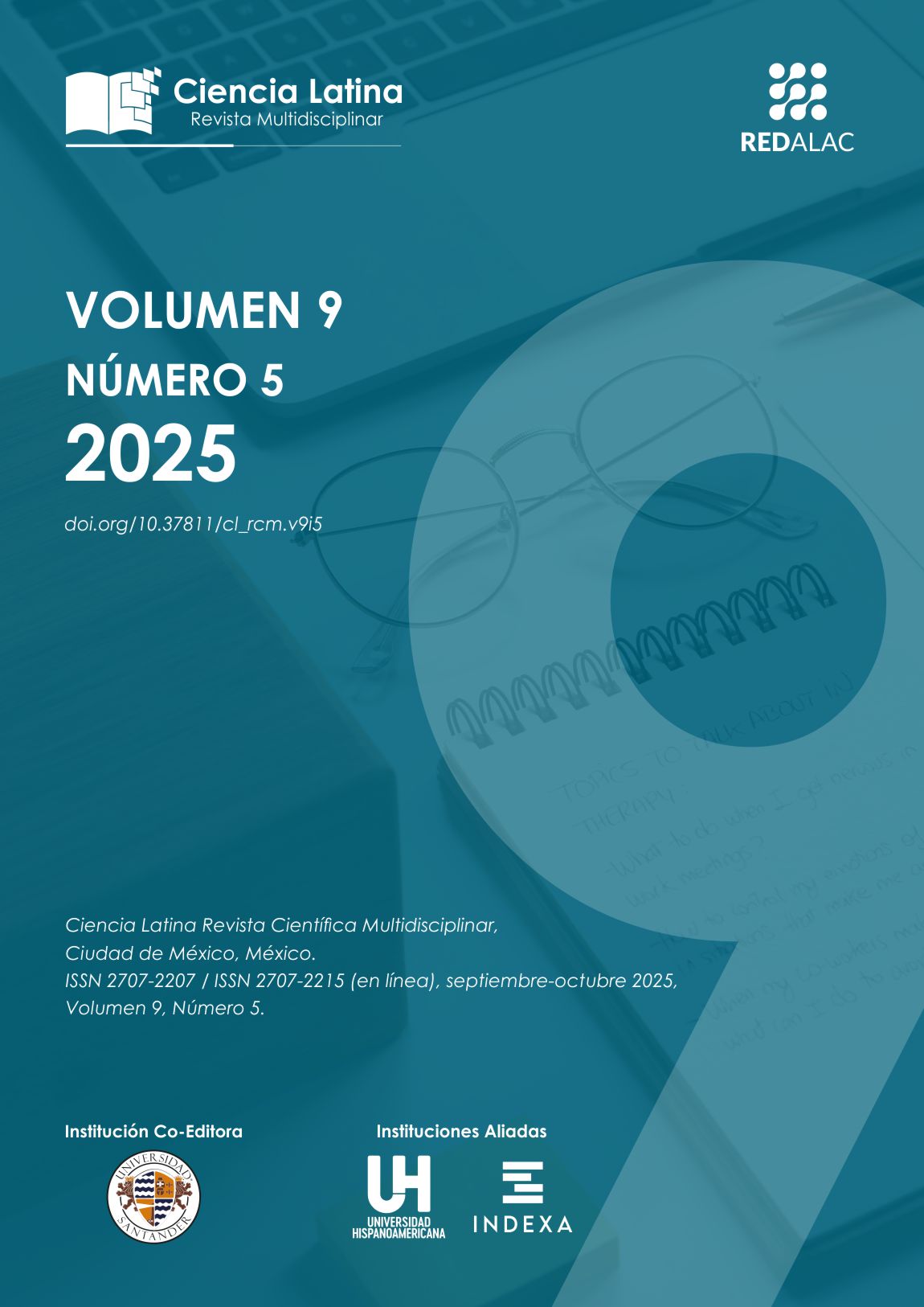










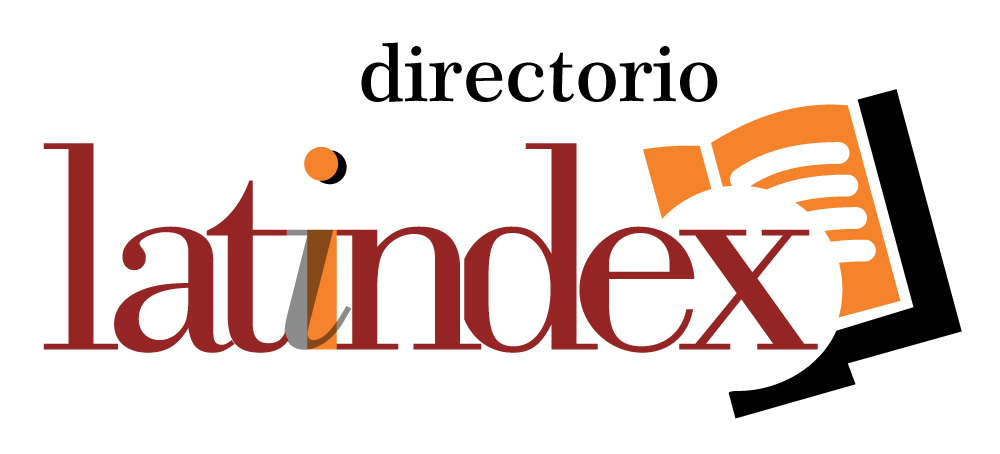
.png)
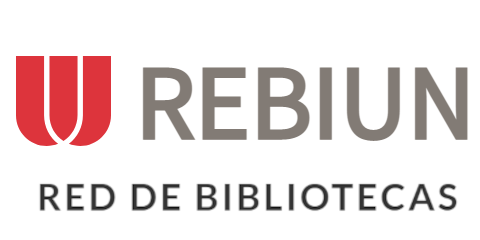







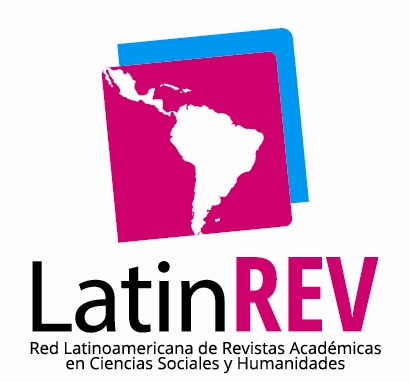

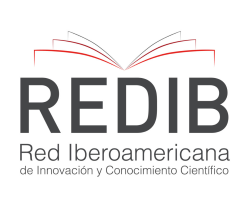


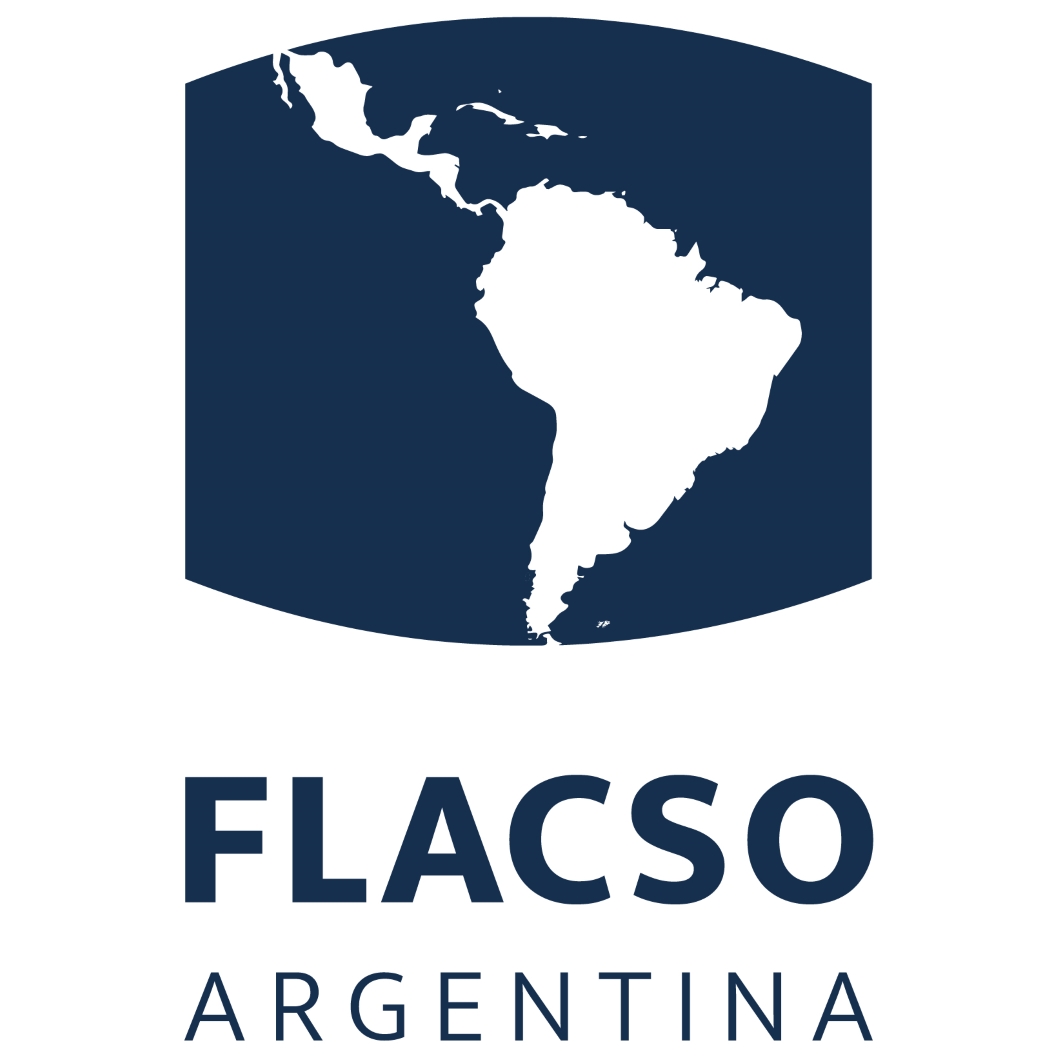






.png)
1.png)


